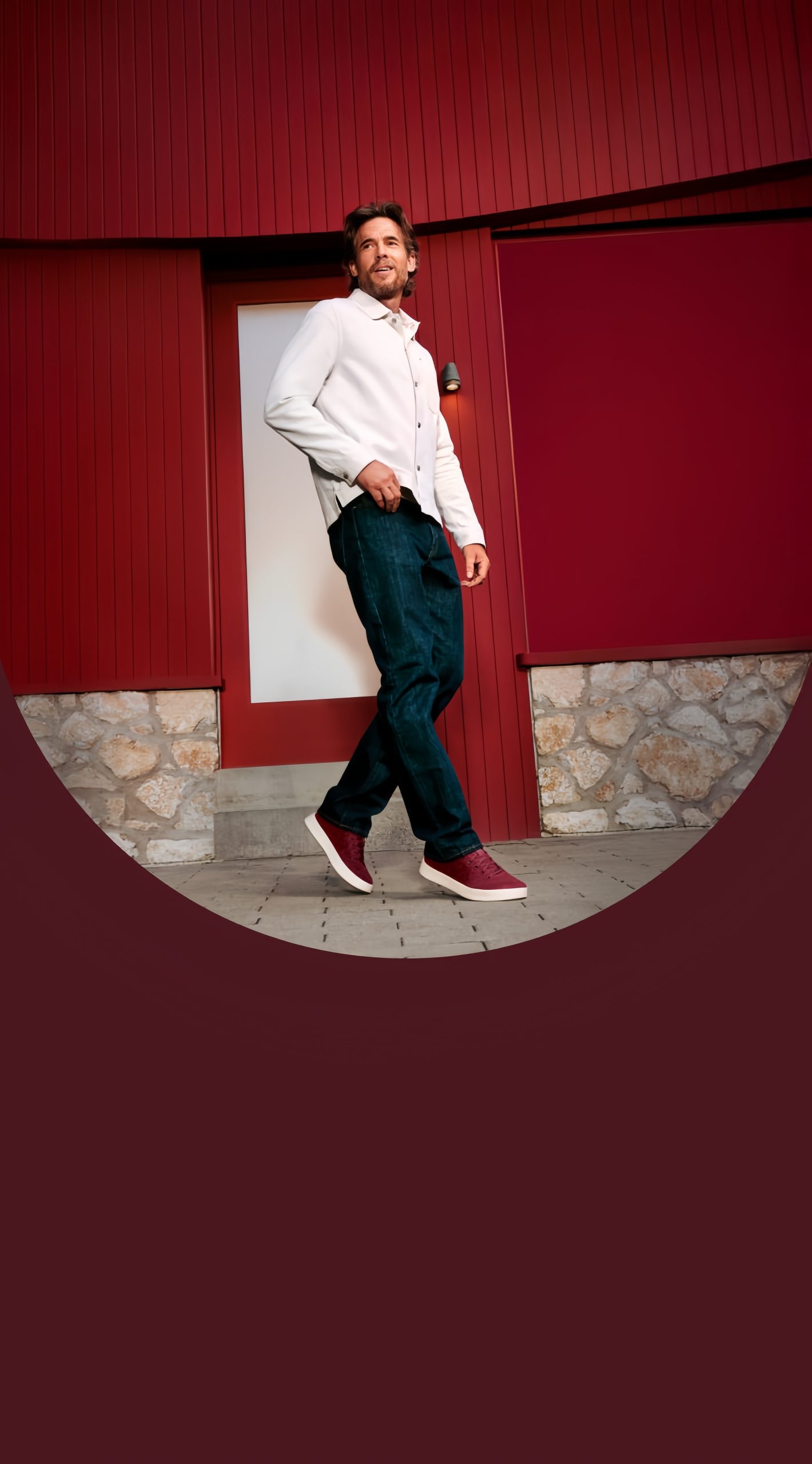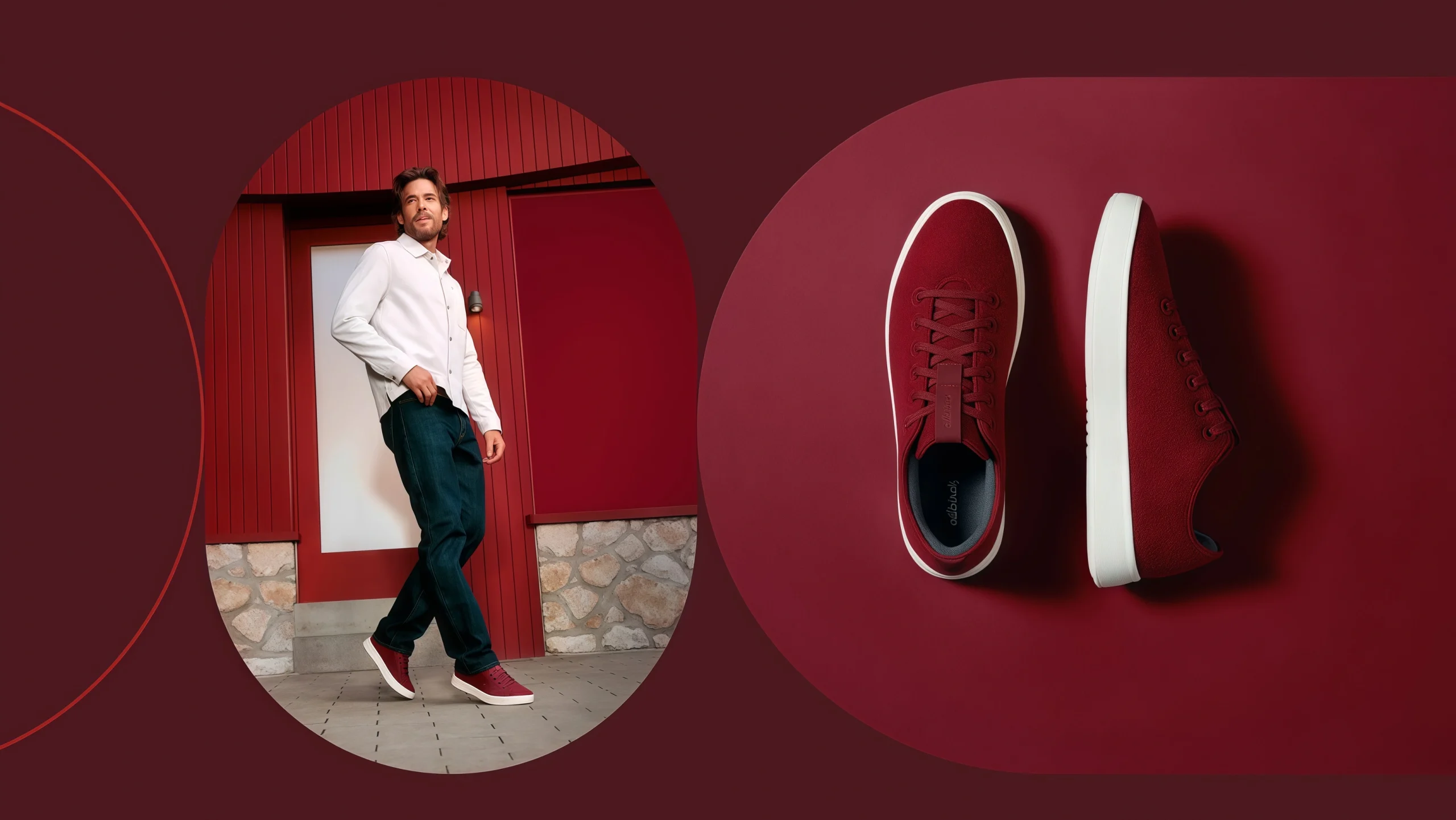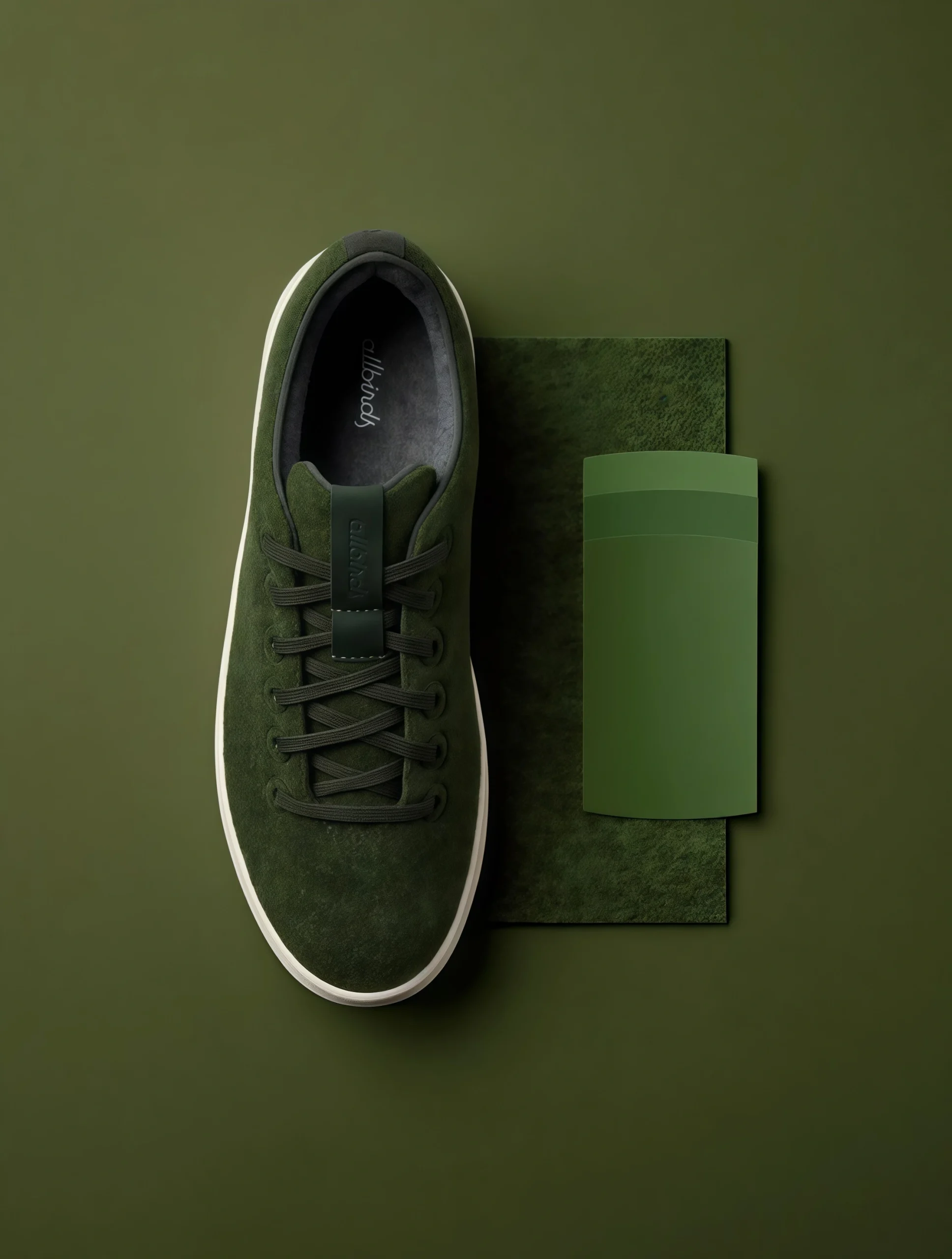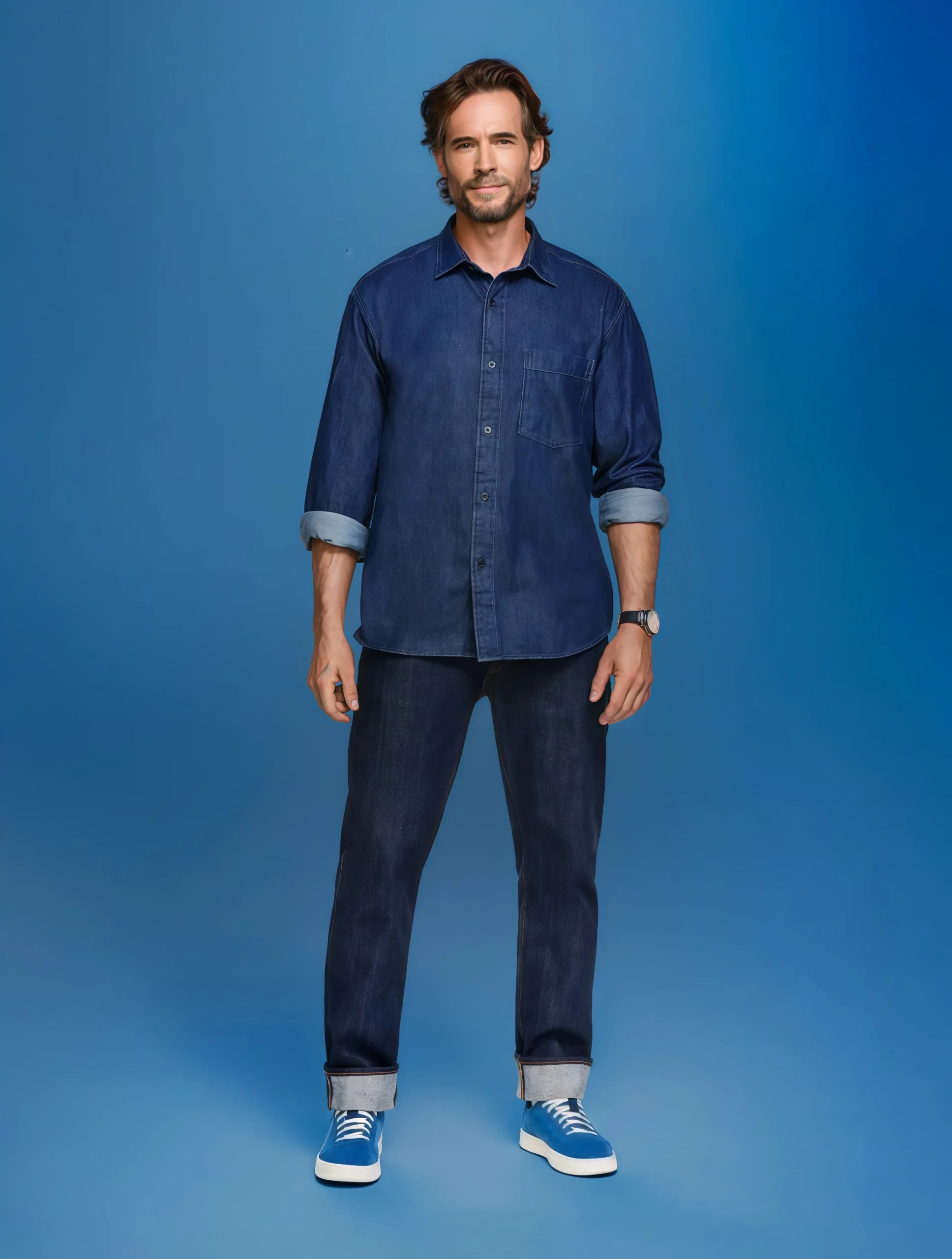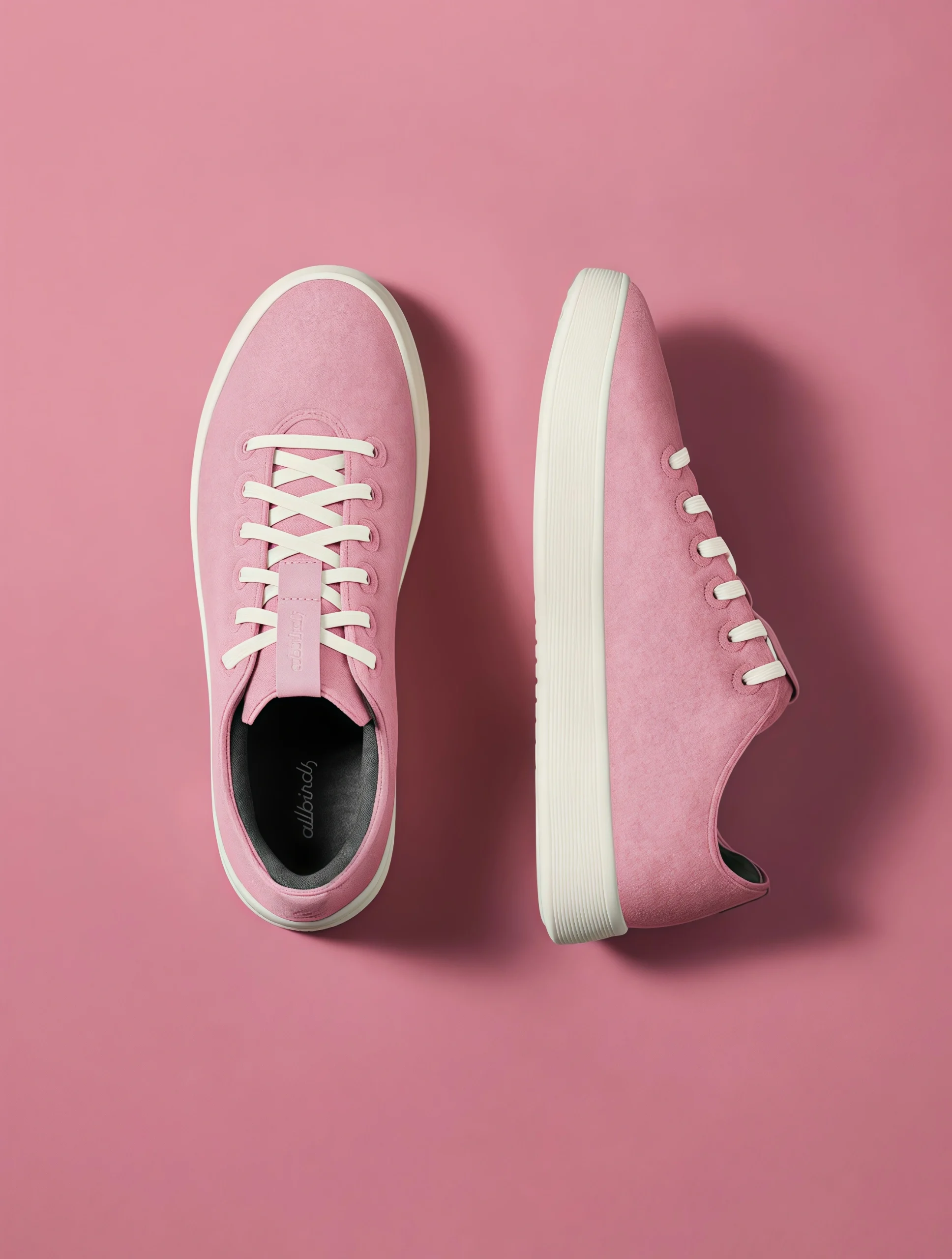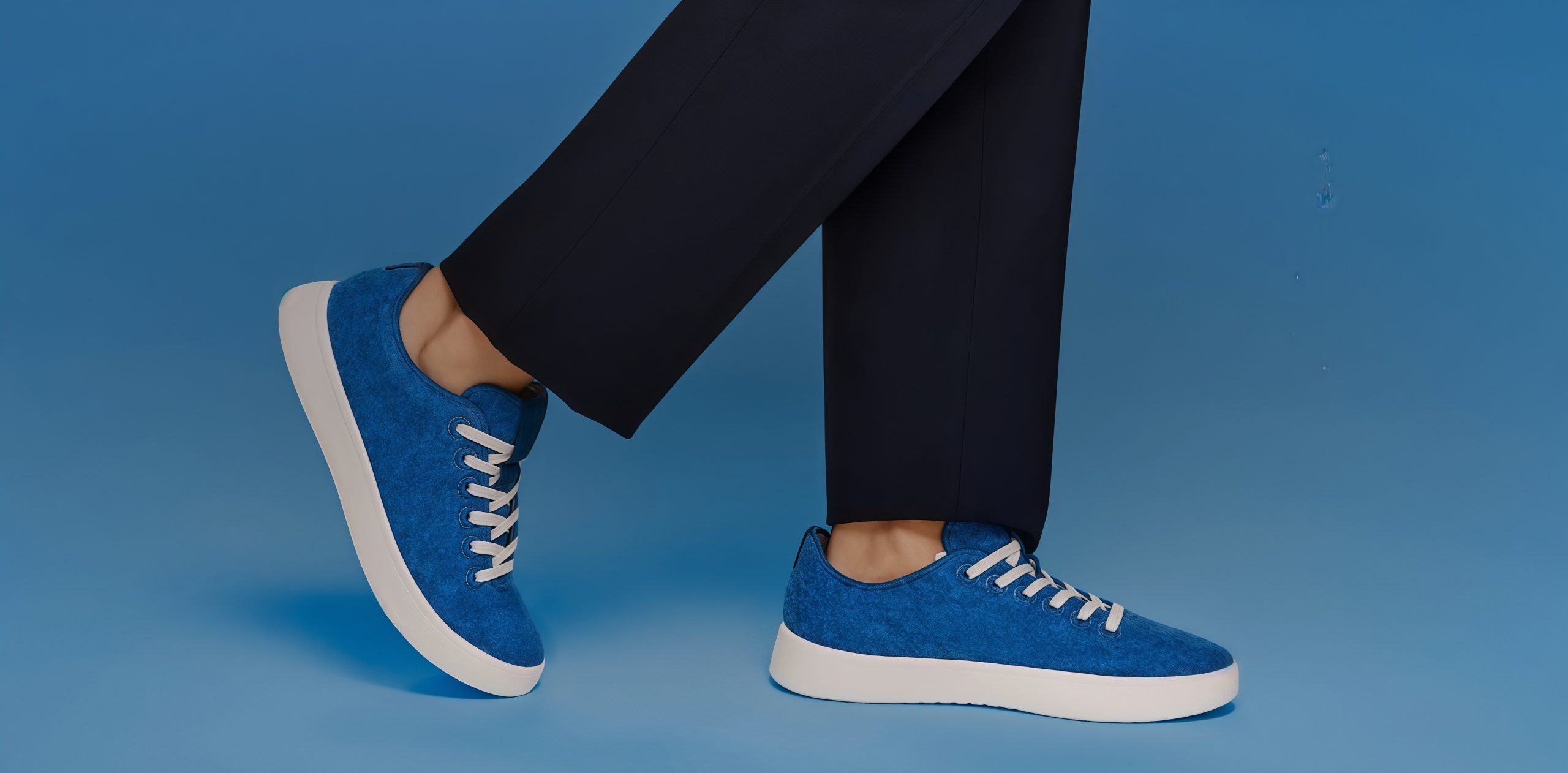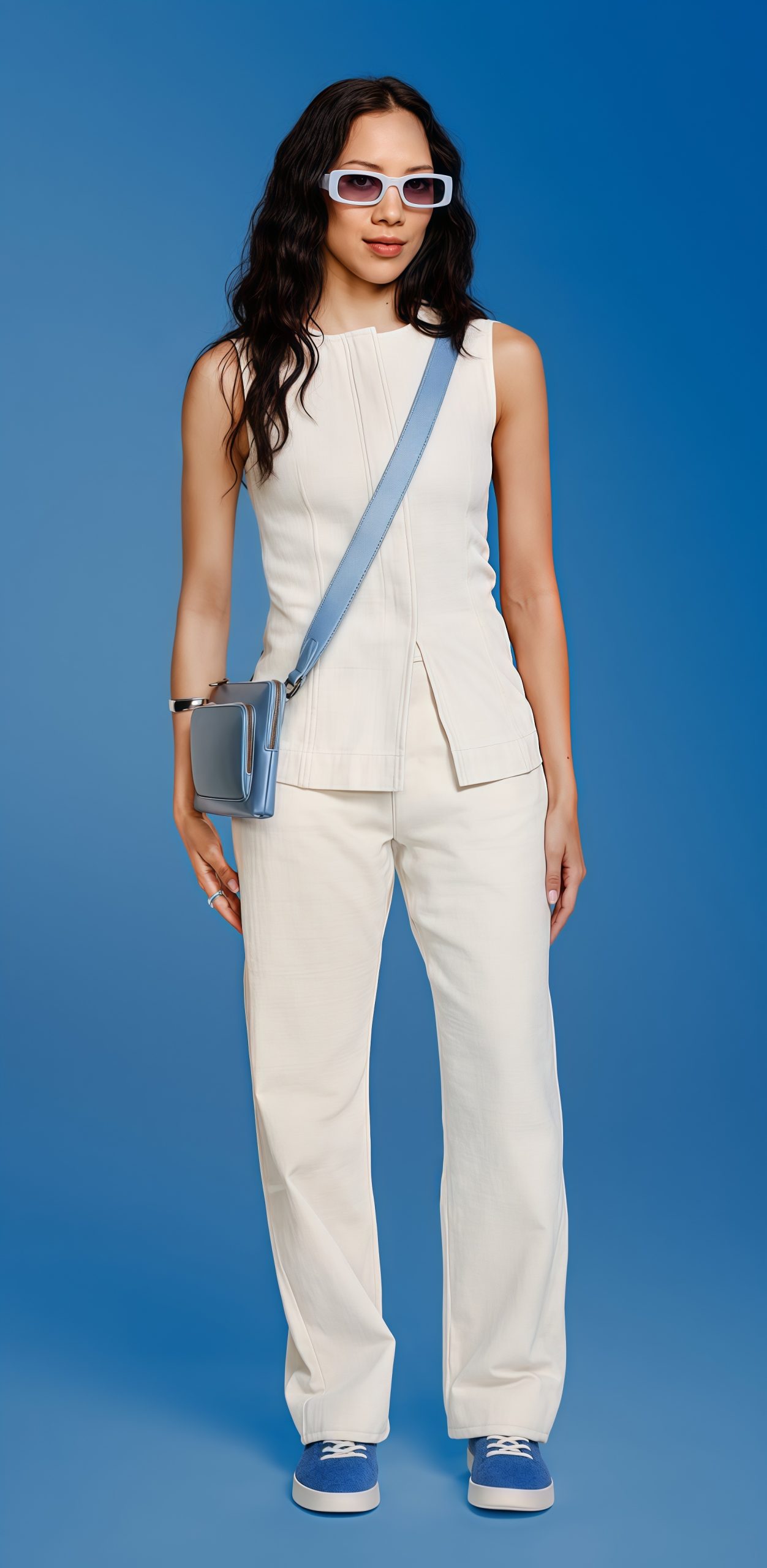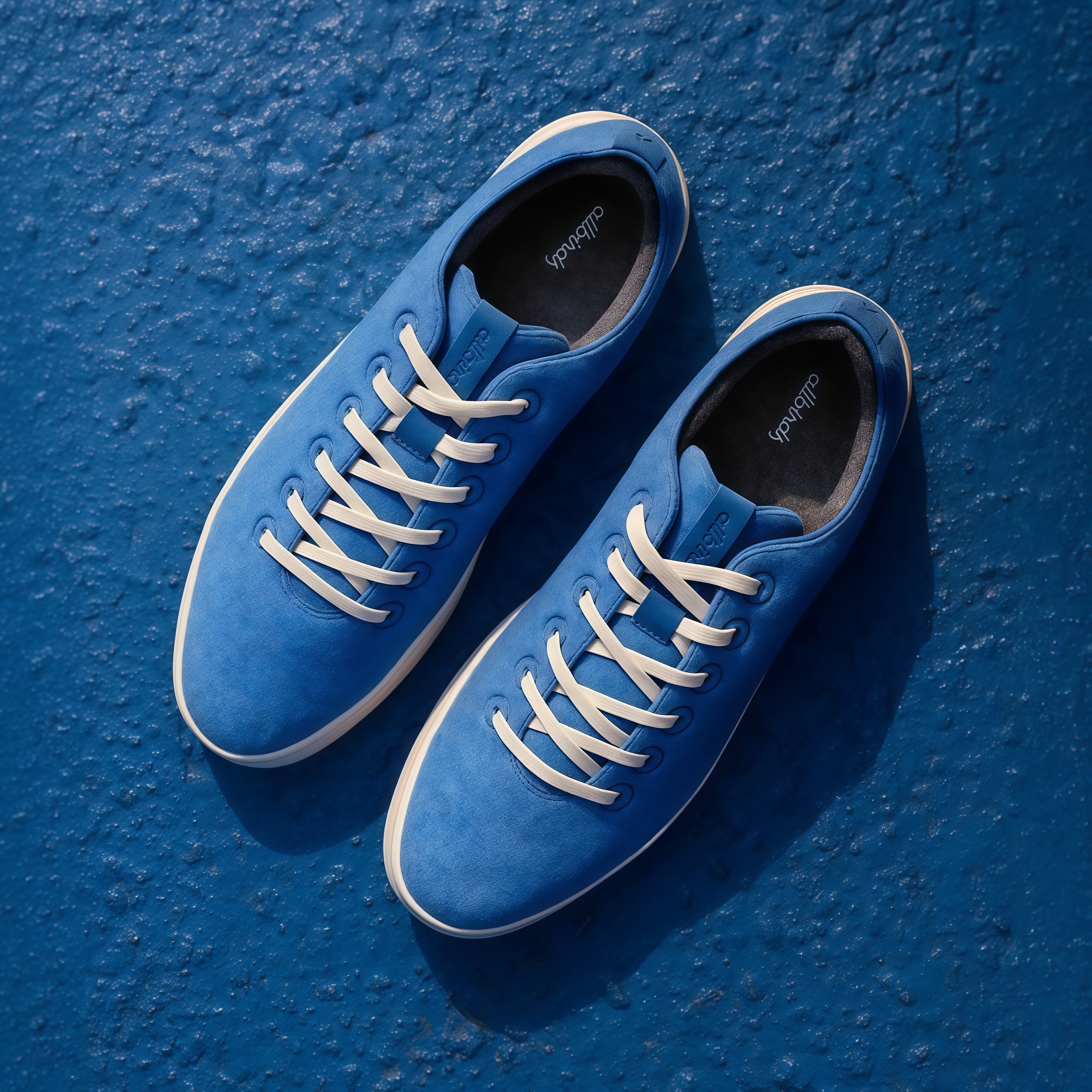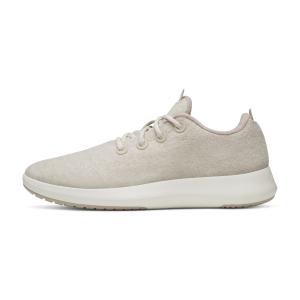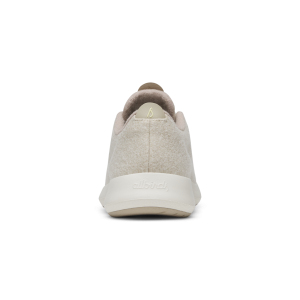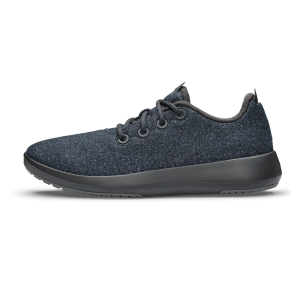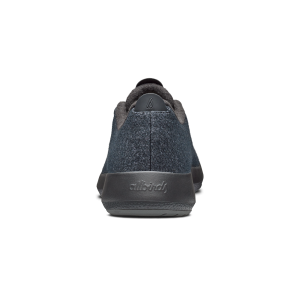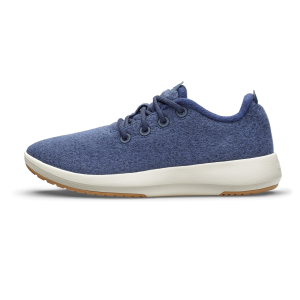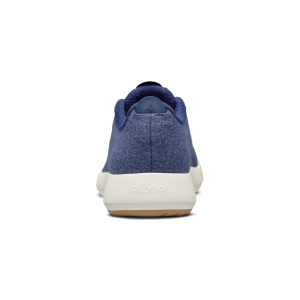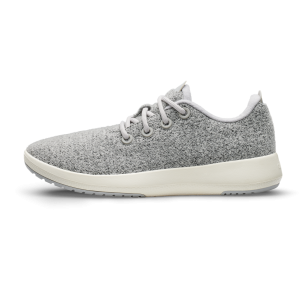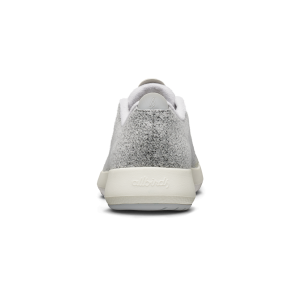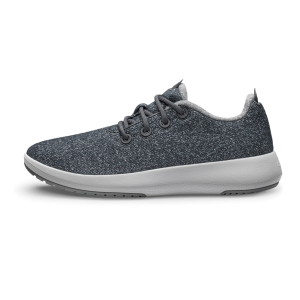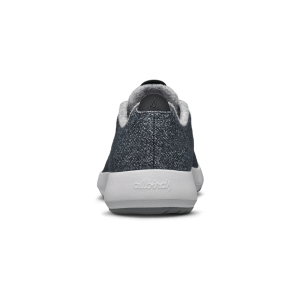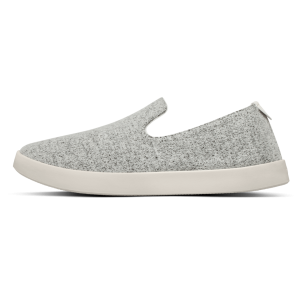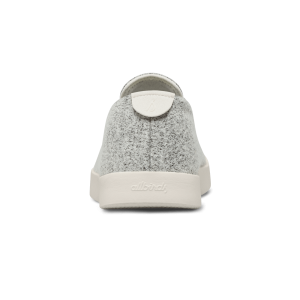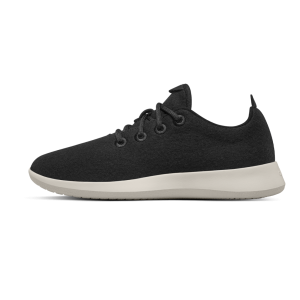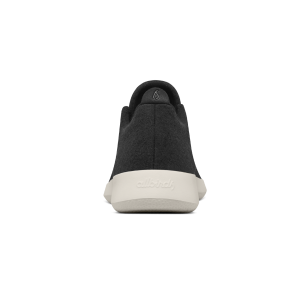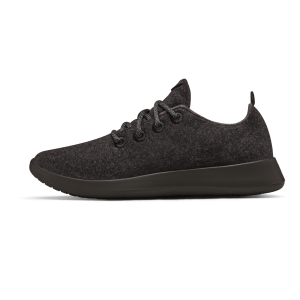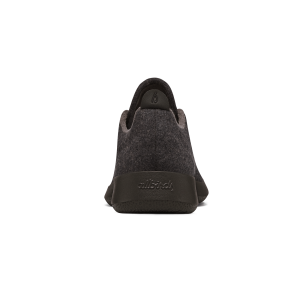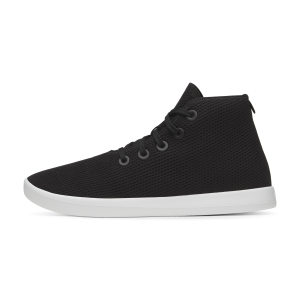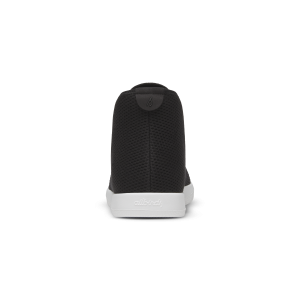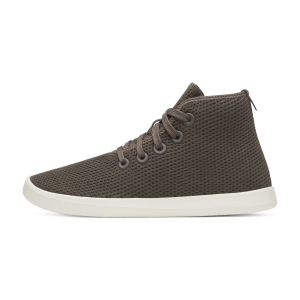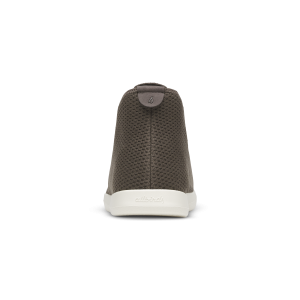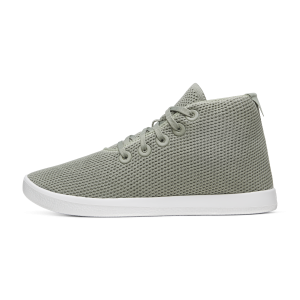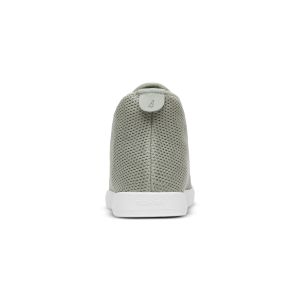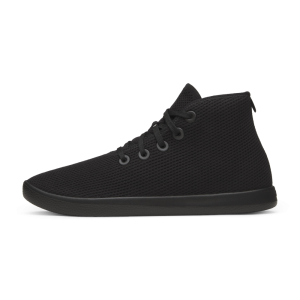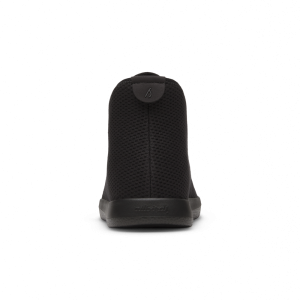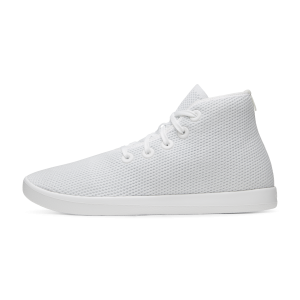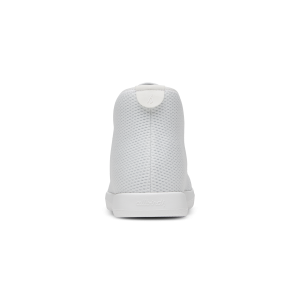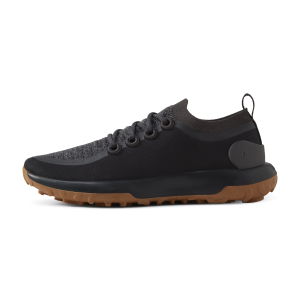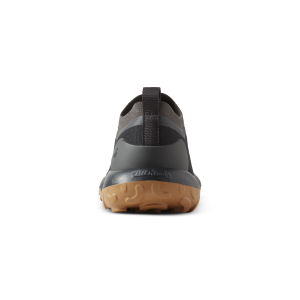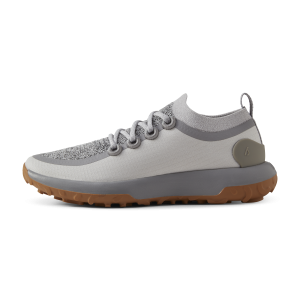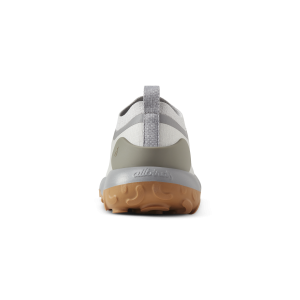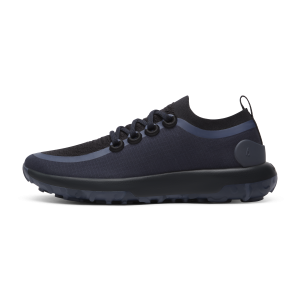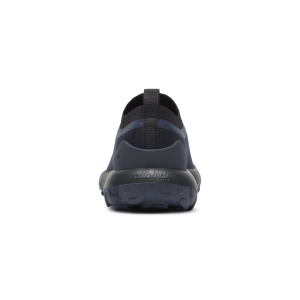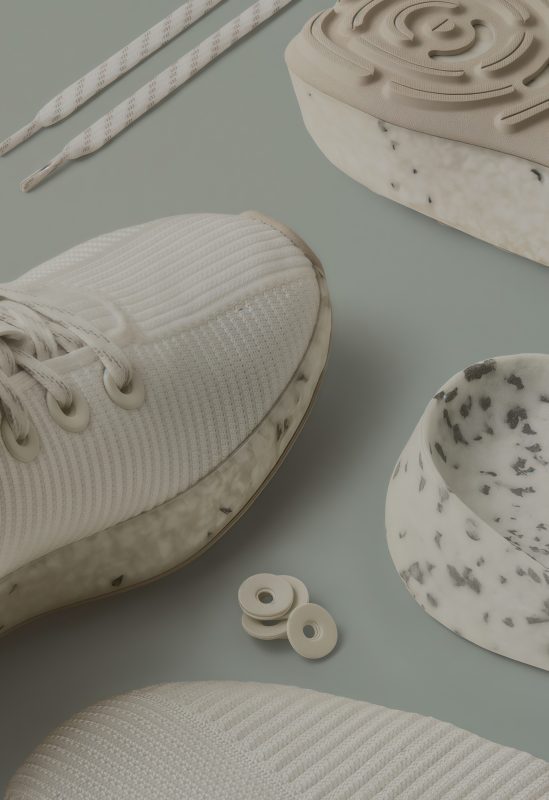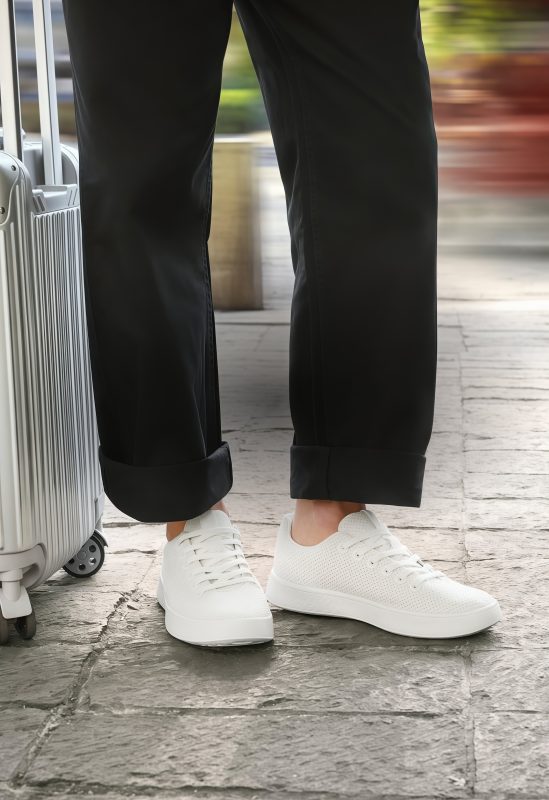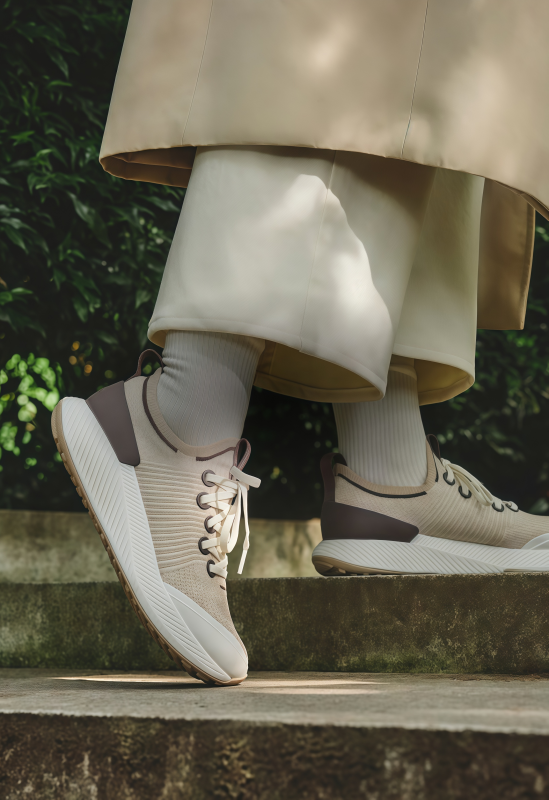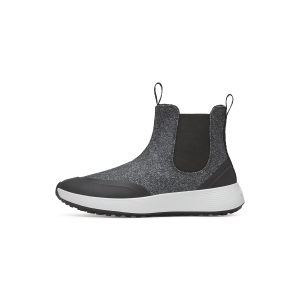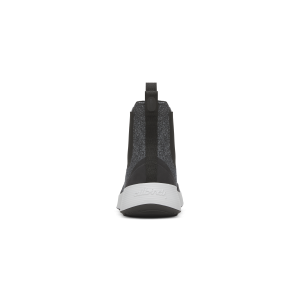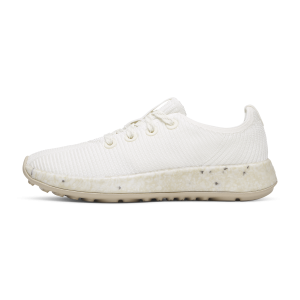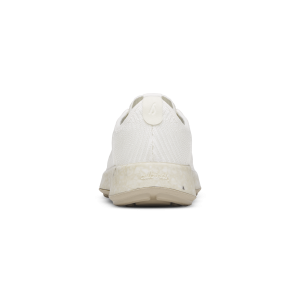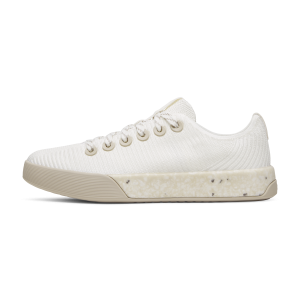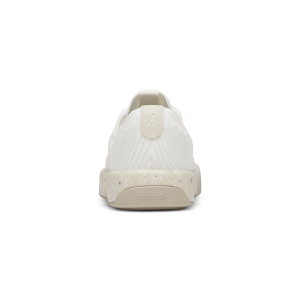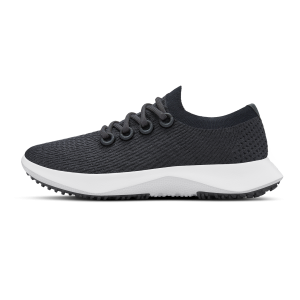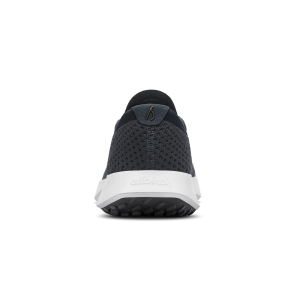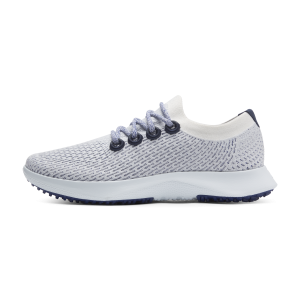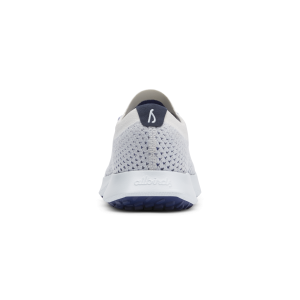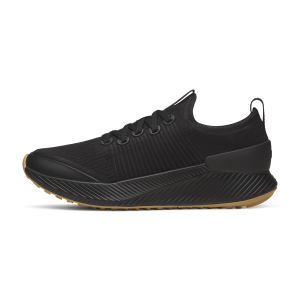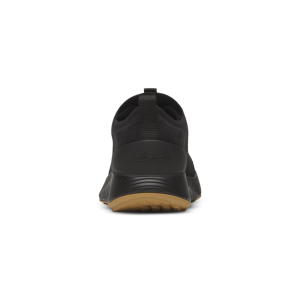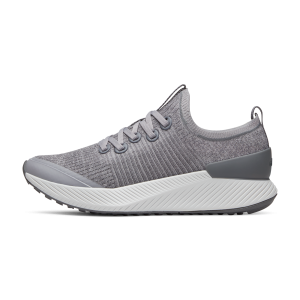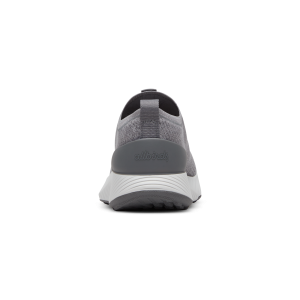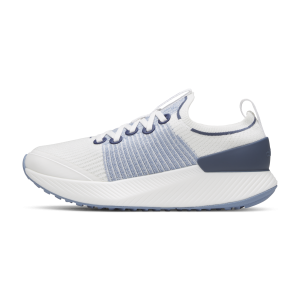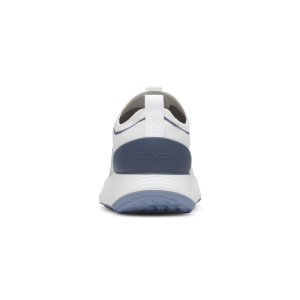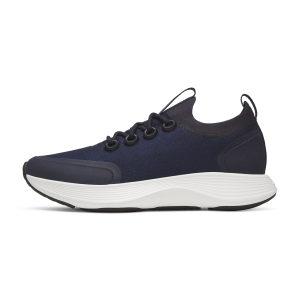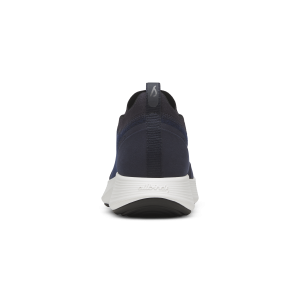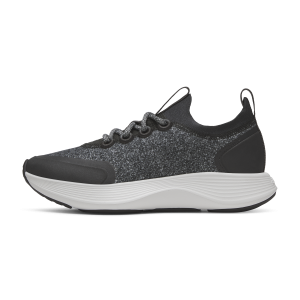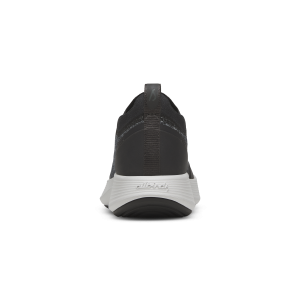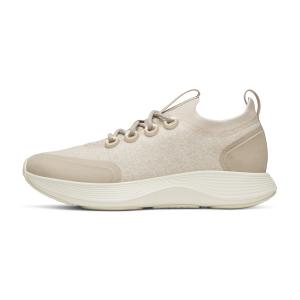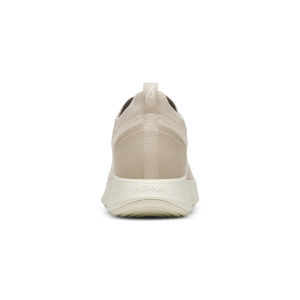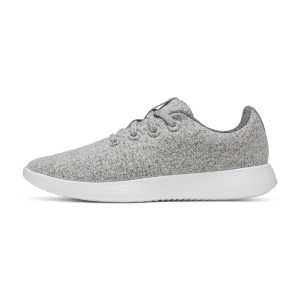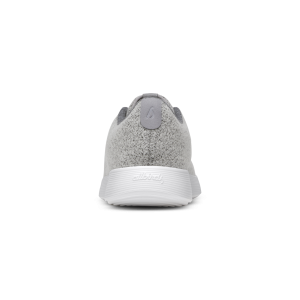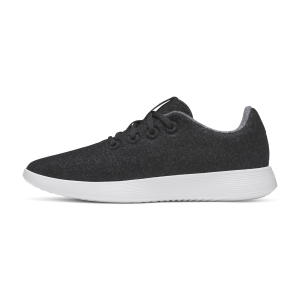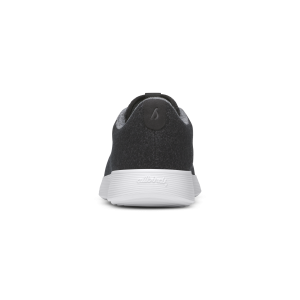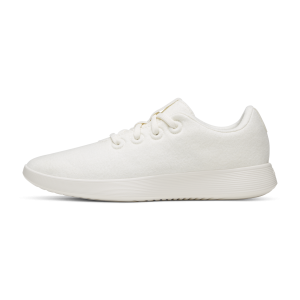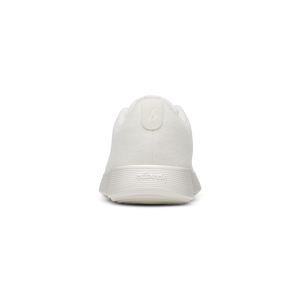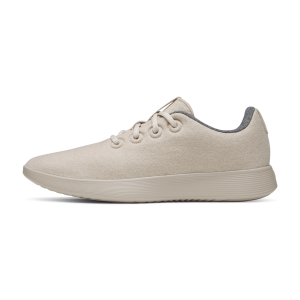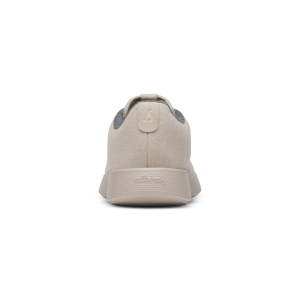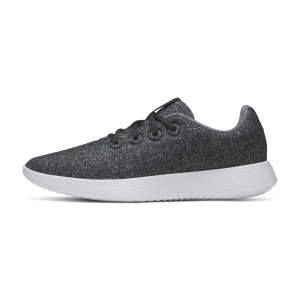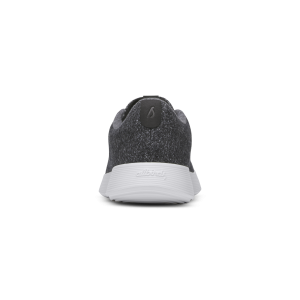Classic Recommendation.
The Sole of Humanity: A Deep Dive into Footwear as Cultural Artifact, Technological Marvel, and Personal Expression
I. Introduction: The Unseen Foundation of Human History
-
Hook: Start with a reflection on how often we overlook the objects that most fundamentally shape our daily lives—the shoes on our feet. They are, in fact, the most universal piece of personal technology.
-
Thesis Statement: Footwear is far more than functional covering; it is a profound and complex nexus of anthropology, engineering, and identity, serving as a silent, yet powerful, record of human progress and cultural narratives.
-
Roadmap: Briefly introduce the three major sections of the post: the historical journey, the engineering science, and the psychological impact of our chosen soles.
II. Section A: An Anthropological Journey—Footwear Through the Ages
-
Sub-section 1: The Earliest Steps (Prehistoric and Ancient Cultures)
-
Examine evidence of the earliest forms of foot protection (simple wraps, woven materials). Discuss how survival necessitated this invention.
-
Detail the significance of footwear in major ancient civilizations (e.g., the symbolic significance of sandals in certain Mediterranean societies, the practical utility of boots for early nomadic groups).
-
Focus on the transition from purely protective to socially symbolic (e.g., the use of certain colors or materials reserved for specific classes or rites).
-
-
Sub-section 2: The Medieval and Renaissance Evolution (Status and Craft)
-
Discuss how extreme fashions (like pointed toes or elevated platforms) reflected societal shifts, economic power, and the absurdity of courtly life, often at the expense of practicality.
-
Detail the rise of specialized craftsmanship: the master cobbler and the emergence of regional styles and construction techniques. The shoe as a bespoke, handcrafted object.
-
Explore how military and occupational needs drove specific designs—the heavy boot for cavalry, the soft, flexible shoe for indoor work.
-
-
Sub-section 3: The Industrial Revolution and Mass Production
-
Describe the revolutionary shift from individually made, left/right-identical pieces to standardized sizing and factory-based production. Discuss the democratization of footwear and its new accessibility to the masses.
-
Examine the impact of machine-age innovations (e.g., stitching machines, vulcanized rubber) on material science and design capacity.
-
III. Section B: The Science Underfoot—Engineering, Ergonomics, and Material Innovation
-
Sub-section 1: The Biomechanics of Walking (The Human-Shoe Interface)
-
Deep dive into gait analysis: pronation, supination, and the forces exerted on the foot during movement. Explain the critical role of the shoe in mitigating impact and providing stability.
-
Discuss the evolution of the midsole: from simple leather layers to complex, multi-density foam and air/gel cushioning systems. The quest for the perfect energy return.
-
Analyze the importance of the last (the mold) in achieving anatomical fit and comfort. Discuss how modern technology uses scanning and 3D mapping to perfect fit.
-
-
Sub-section 2: Material Science and Sustainability
-
Explore the move beyond traditional leather and cotton. Discuss the development of advanced synthetic polymers, breathable mesh, and waterproof membranes.
-
Focus on the industry’s recent imperative: the push toward sustainable manufacturing. Detail innovative materials like recycled plastics, mushroom leather alternatives, and plant-based rubber compounds. Discuss the challenges of creating durable, high-performance, and fully recyclable footwear.
-
-
Sub-section 3: Specialized Functionality (Beyond the Everyday)
-
Examine highly specific forms of footwear engineering (e.g., the rigid design of a hiking boot for ankle support, the spiked surface of an athletic shoe for traction, the safety features of protective work boots).
-
Discuss the role of specialized soles in extreme environments (e.g., insulation for extreme cold, heat resistance for industrial settings).
-
IV. Section C: The Personal Narrative—Footwear as Identity and Expression
-
Sub-section 1: The Psychology of Selection (What Our Shoes Say)
-
Explore the psychological phenomenon of enclothed cognition as it applies to footwear. How wearing a certain type of shoe (e.g., formal dress shoes vs. comfortable casual options) can influence mood, posture, and even performance.
-
Discuss the concept of “footwear tribes”: how specific styles serve as a shorthand for subcultures, political leanings, and lifestyle choices (e.g., counter-culture movements, professional attire, athletic allegiance).
-
-
Sub-section 2: The Art and Aspiration of Design
-
Analyze footwear as a canvas for artistic and architectural expression. Discuss the role of pioneering designers who pushed the boundaries of shape, height, and material. The shoe as sculpture.
-
Examine the influence of popular culture, music, and media on the rapid rise and fall of trends. The cyclical nature of design and the persistence of timeless silhouettes.
-
-
Sub-section 3: The Emotional Connection (Patina and Memory)
-
Reflect on the deep, personal connection people form with their well-worn pairs. The concept of “patina”—the history etched into the material through wear and tear.
-
Discuss shoes as keepers of memories: the pair worn for a wedding, a marathon, or a significant journey. They are physical evidence of a lived life, uniquely molded to the owner’s journey.
-
V. Conclusion: Stepping Forward
-
Summary: Briefly reiterate the three core themes: the anthropological weight, the scientific complexity, and the depth of personal expression found in footwear.
-
Final Thought: The history of humanity can be traced through the soles on our feet. As technology advances, the shoe will continue to be a leading indicator of our values, our ingenuity, and our direction, constantly adapting to the next path we choose to walk.
